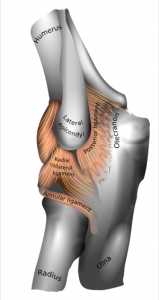MedicalResearch.com Interview with:
Gloria A Bachmann, MD
Professor of Obstetrics and Gynecology and Medicine
Associate Dean for Women’s Health
Director, Women’s Health Institute
Rutgers Robert Wood Johnson Medical School
MedicalResearch.com: What is the background for this study?
Response: Chronic pain is an extremely difficult symptom for anyone to deal with, regardless of the cause. However, when the pain involves the genital area, it exacerbates the pain condition, as it then becomes a more sensitive area for the person to talk about and to feel comfortable in asking for medical help. This is precisely the case for women with vulvodynia.
Vulvodynia is defined as a pain that persists over several months in the outer area of the vaginal opening. Symptoms women often have from this condition, in addition to the pain itself, include burning, pressure, itching and soreness. Some women note the pain in the entire area surrounding the vaginal opening, whereas others only note it in one or two sites. Further, for many women the pain interferes with their ability to engage in sexual exchange, the wearing of certain types of clothing and even the ability to start a family as coital activity may not be possible for them. Unfortunately, because the exact cause of vulvodynia has not been described, treatments are varied and aim at treating the pain rather than the underlying cause. One intervention that has been used for women with this condition is the medication, gabapentin. However, although it appears to be a successful intervention for some sufferers, there had not been a definitive clinical trial that looked at this medication as it compares to a placebo intervention.
Therefore, our Rutgers site, along with the University of Tennessee and the University of Rochester commenced a clinical trial to test how effective gabapentin was as compared to a placebo, or non-pharmacologic intervention in women with this condition. Continue reading →







